From the bowler to the bonnet to the baseball cap, see the fascinating history of hats unfold before your eyes.
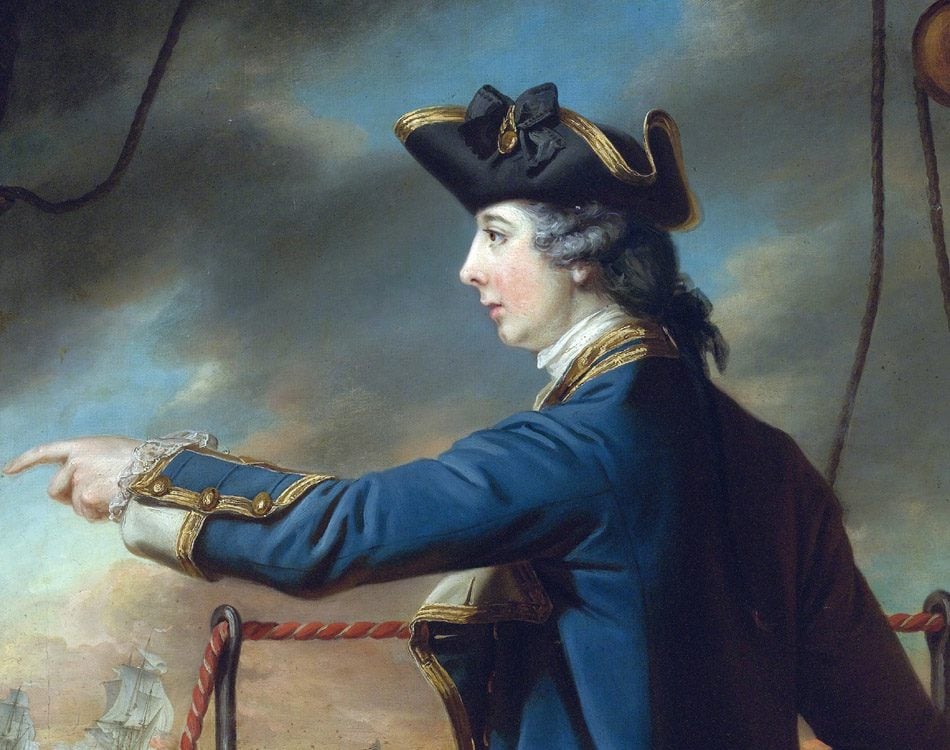
History Of Hats: 18th Century
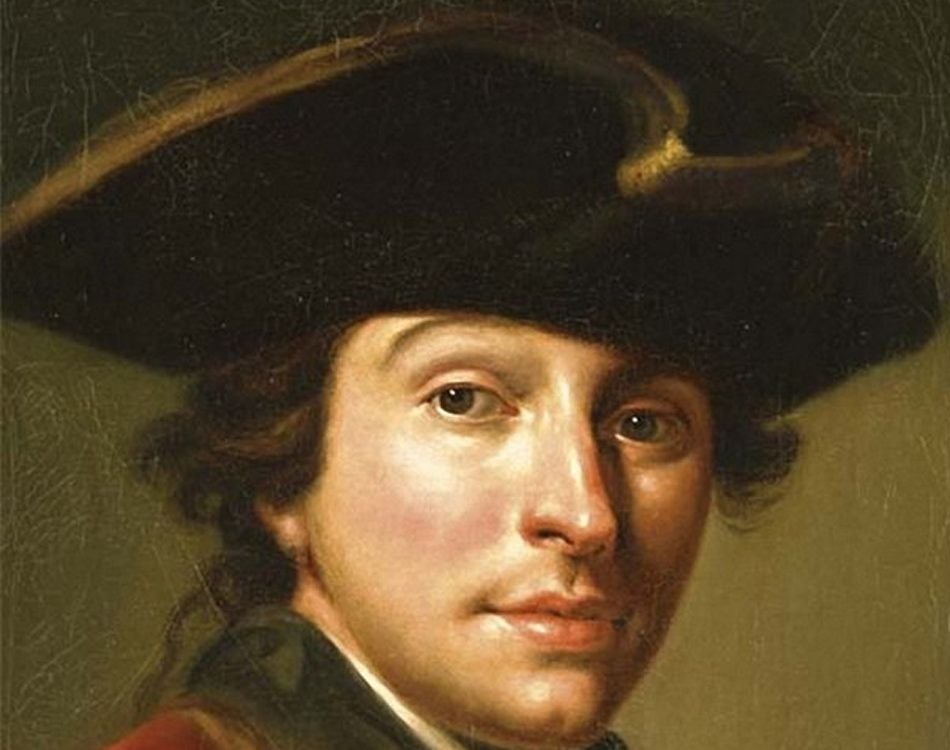
Source: Tumblr
From the dawn of the century, milliners took the idea of the hat as mere sun shade and turned it into an ever-evolving fashion accessory. Most commonly worn by military and naval officers, the classic tricorne (three-cornered) hat added function to form: the hat acted as an early umbrella via its brim-forming gutters that tilted rain away from the wearer’s face.
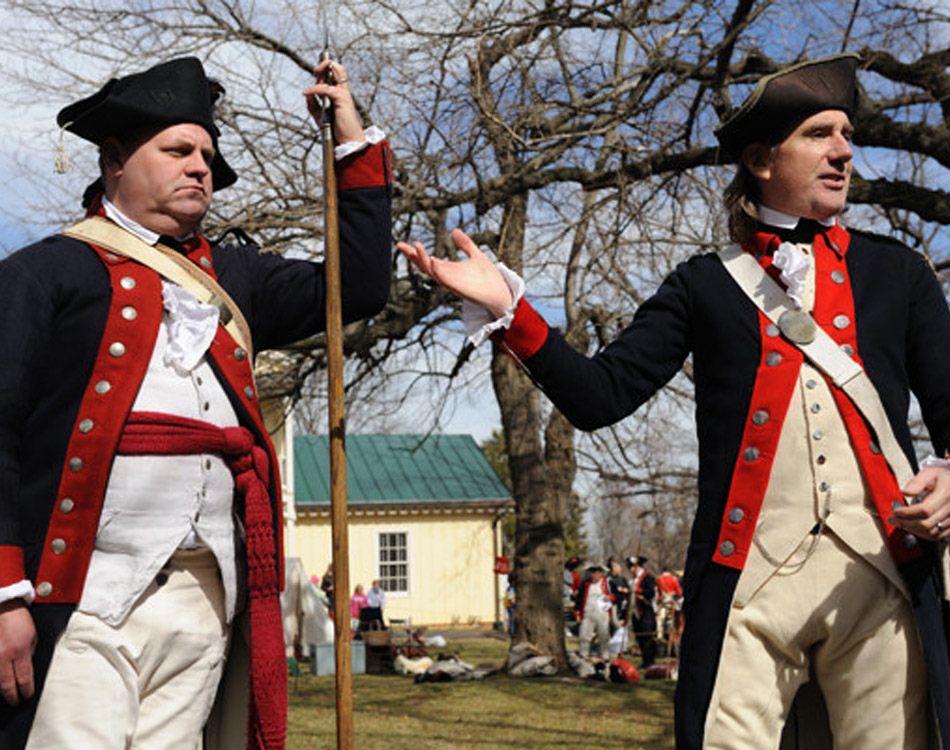
Source: A Year in DC
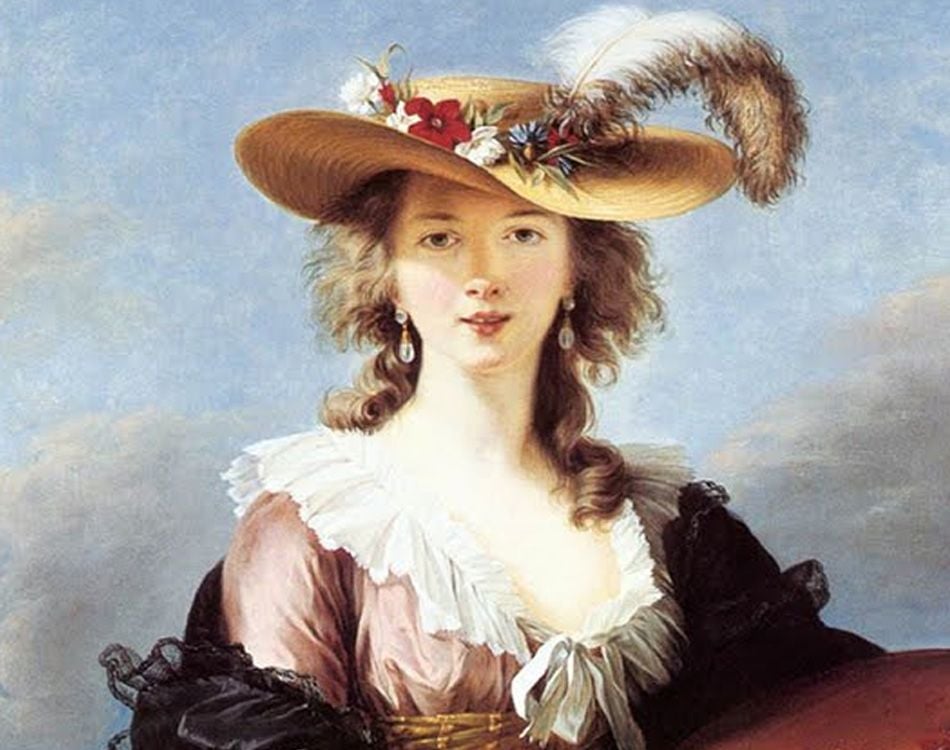
For women in the 18th century, the hat was an icon of wealth. The begere, or ‘Shepherdess Hat’, was wide-brimmed and made of straw. Serving as a stylish shade to protect the fair skin of even fairer ladies, the hat was inspired by the countryside and could be embellished with various accoutrements to more directly convey one’s pecuniary prestige. No symbols last forever, though, even in the history of hats; the begere eventually became a symbol of romance.
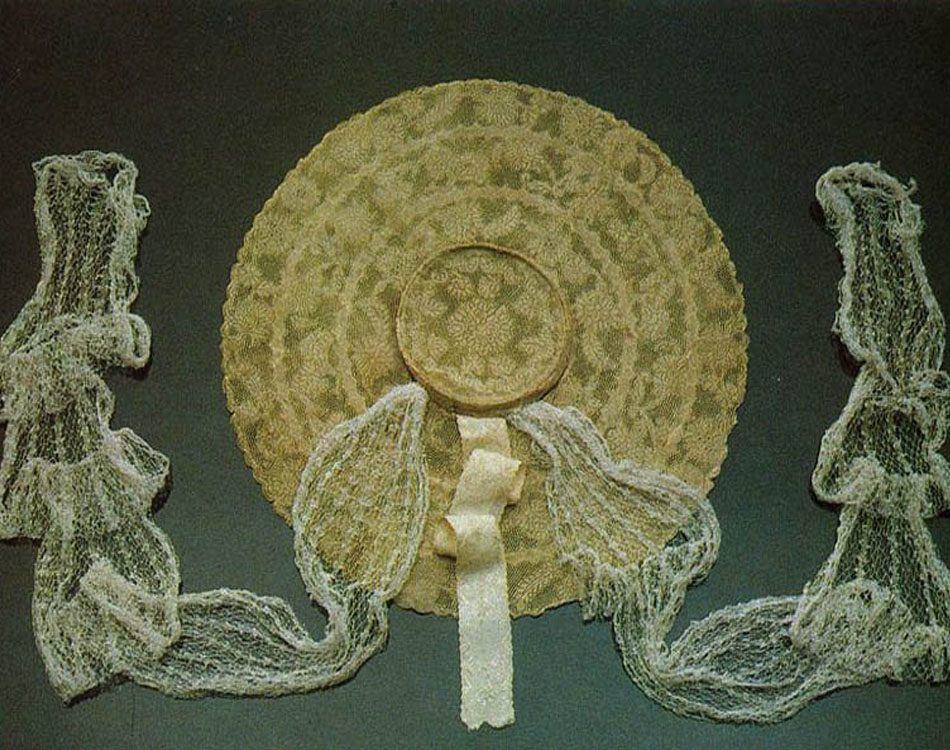
Source: Ram Museum
19th Century
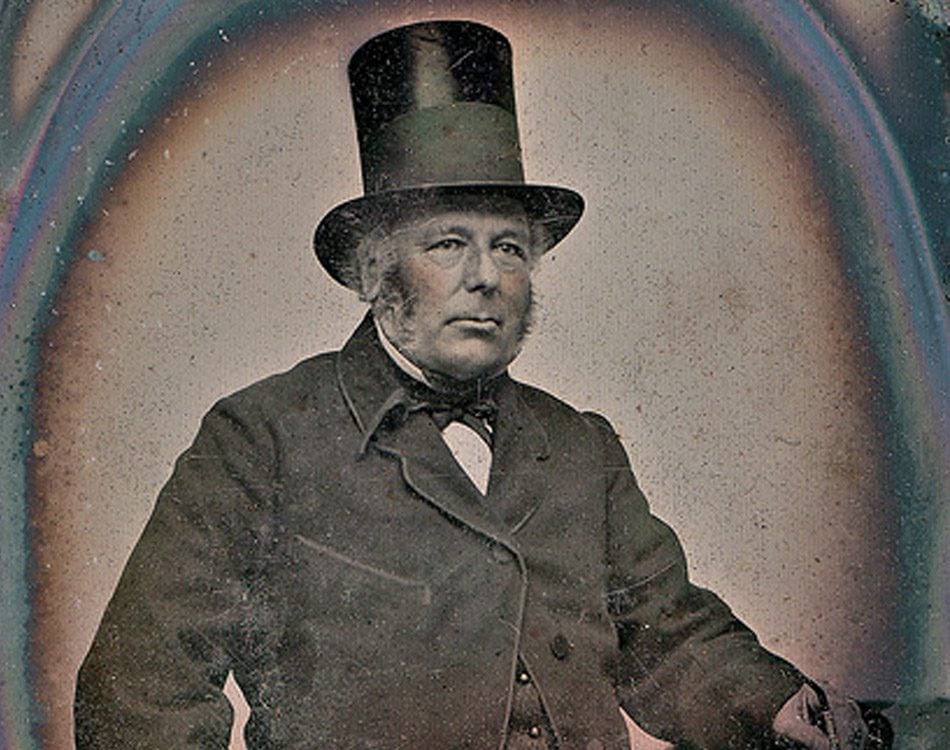
Source: Flick River
In England, the ‘Dandies’ left their mark on society not only in their buoyant elegance but also in their popularization of the black silk top hat. Later in the Victorian period, the top hat’s height was diminished to appear more tailored and conservative. Today, you can still spot the top hat at weddings–particularly those that involve the royal family.
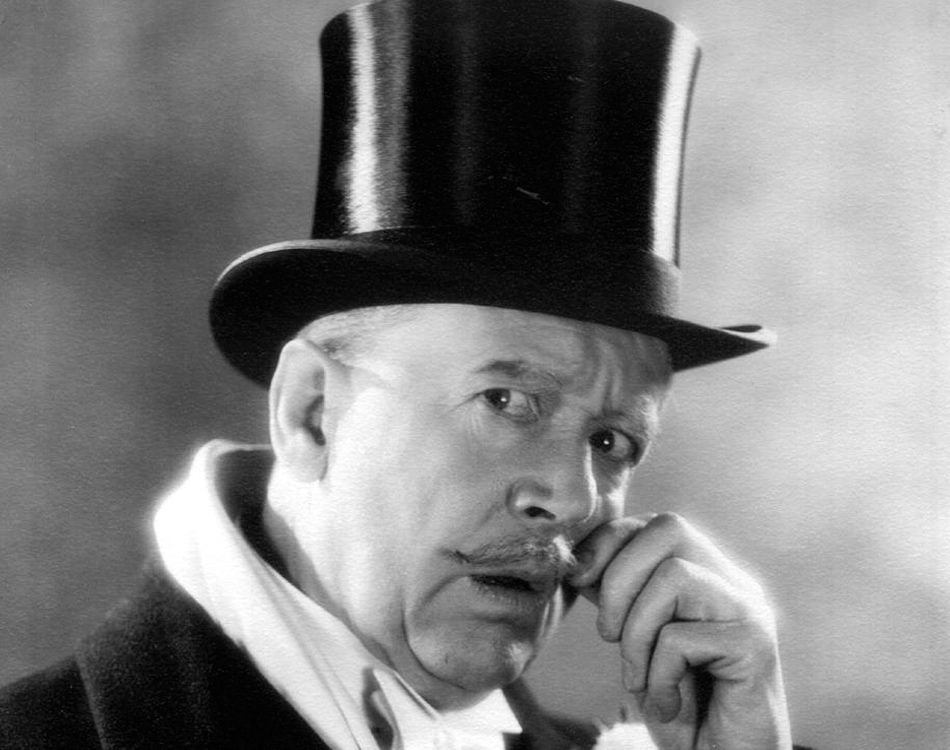
Source: Steam Punk Periodical
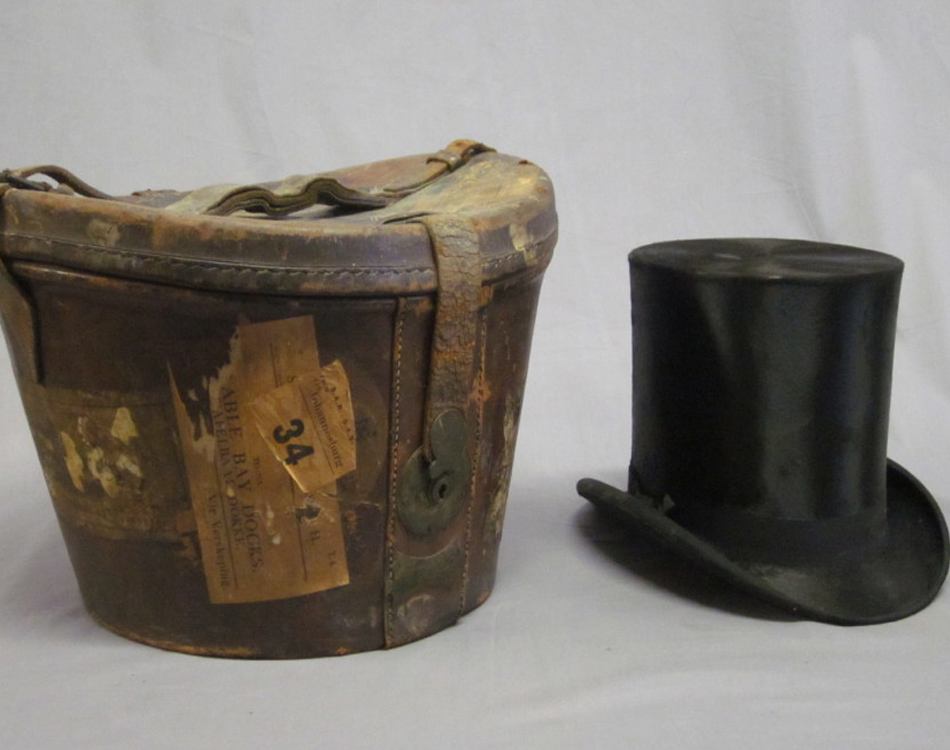
Source: Denham’s
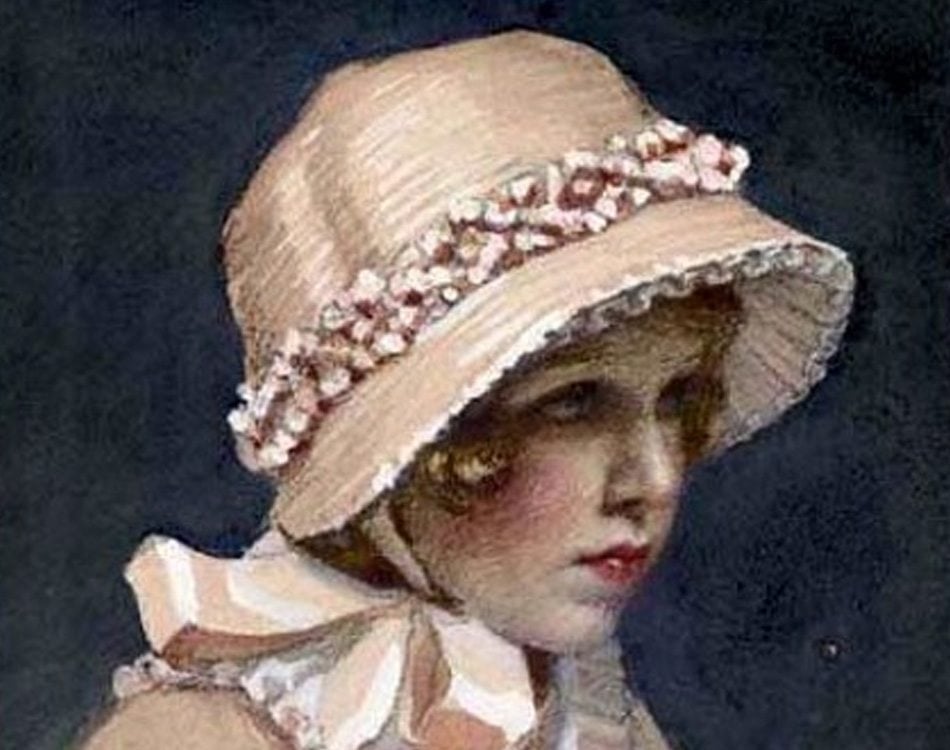
Source: Jane Austen
The donning of the English bonnet, or ‘Bonnet du Jour’, did not depend upon a woman’s class; rather, it was enjoyed by everyone from milkmaids to maidens. The large brim framed the woman’s face but protected her profile from unwanted onlookers and lecherous men. The classic bonnet can often be seen in period works such as Jane Austen’s Pride and Prejudice.
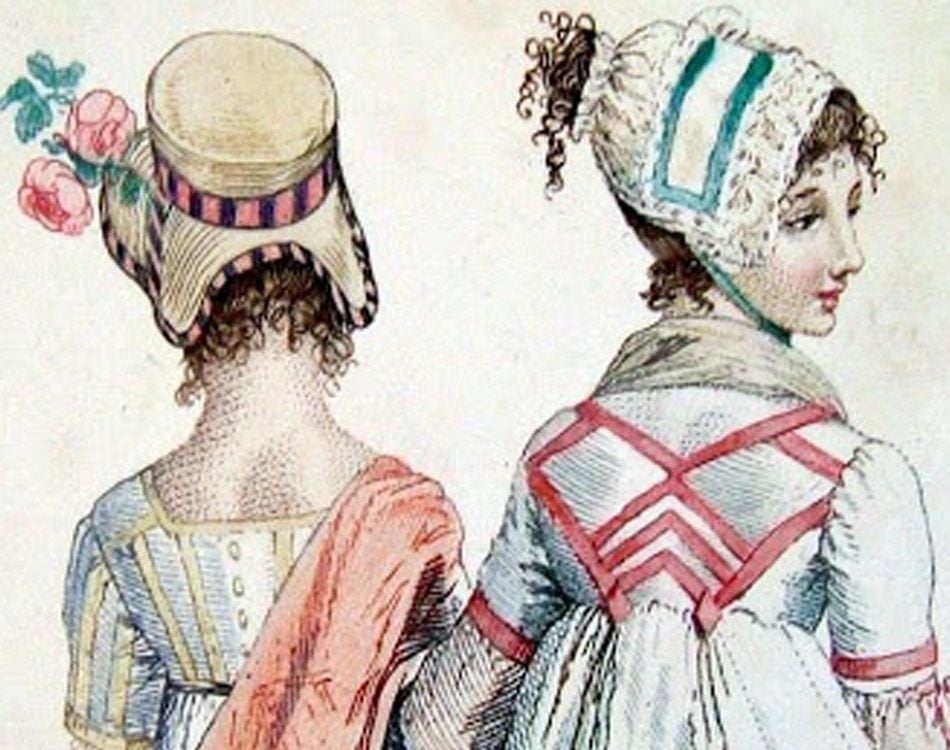
Source: Jane Austen’s World
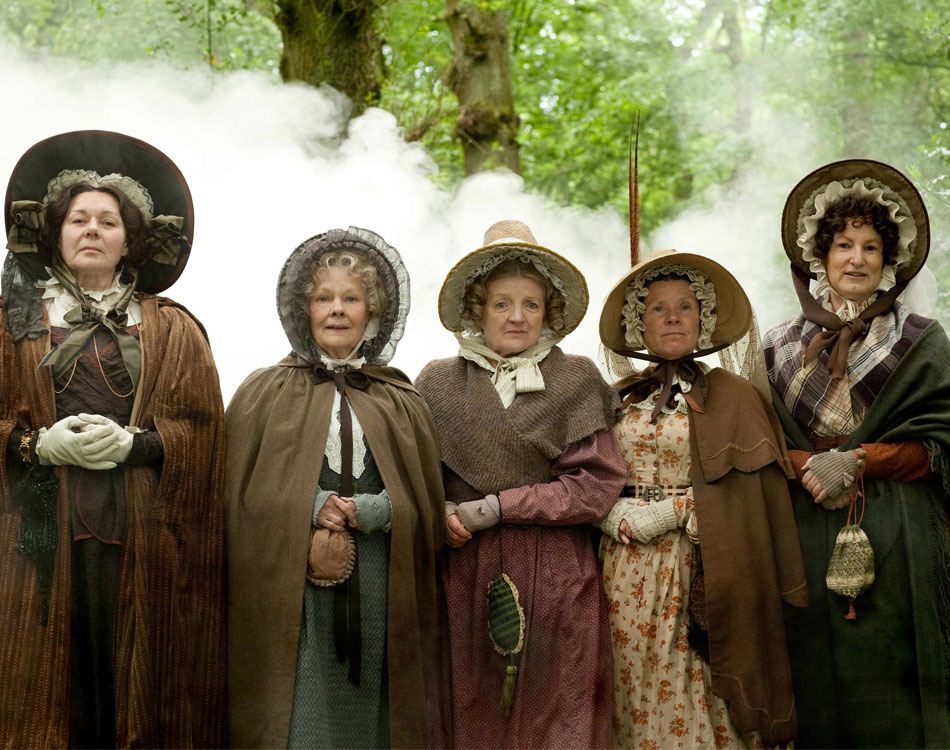
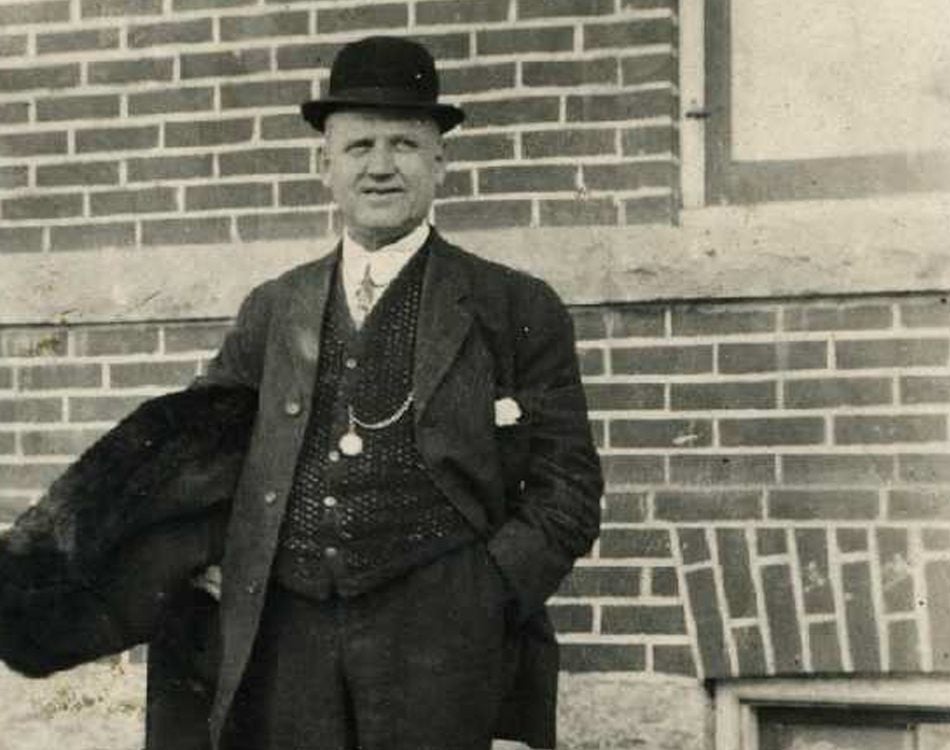
Source: Wikipedia
For men, the top hat gradually evolved into the bowler hat, or ‘coke hat’, an everyday accessory worn by gentlemen and working-class men. The bowler, created by British soldier Edward Coke in 1849, is still considered a vintage fashion accessory.
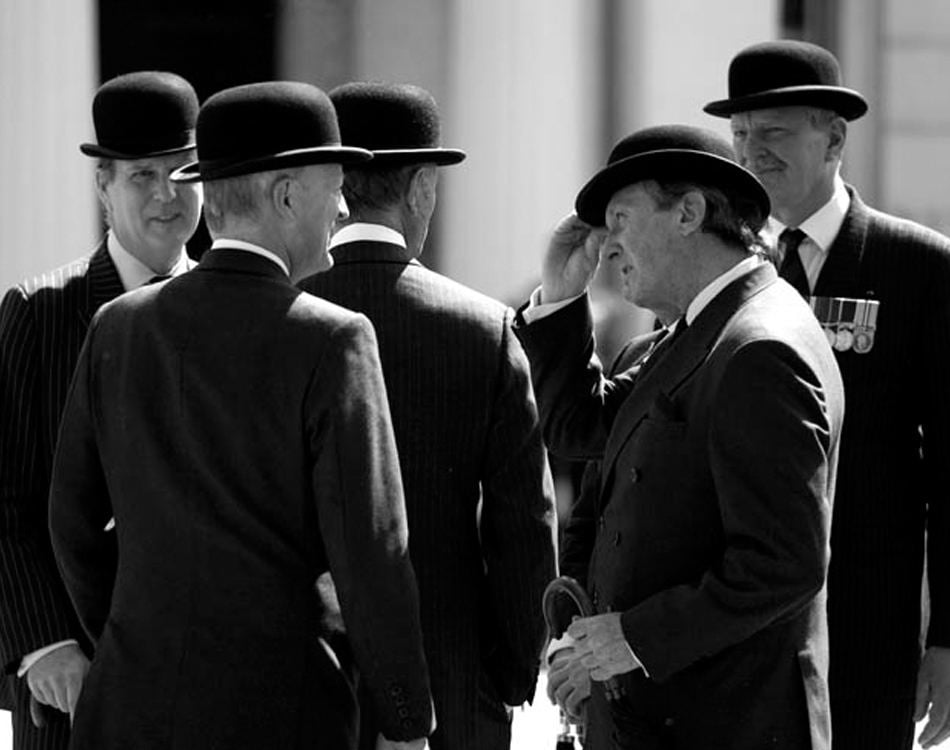
Source: Tweedland Gentleman’s Club
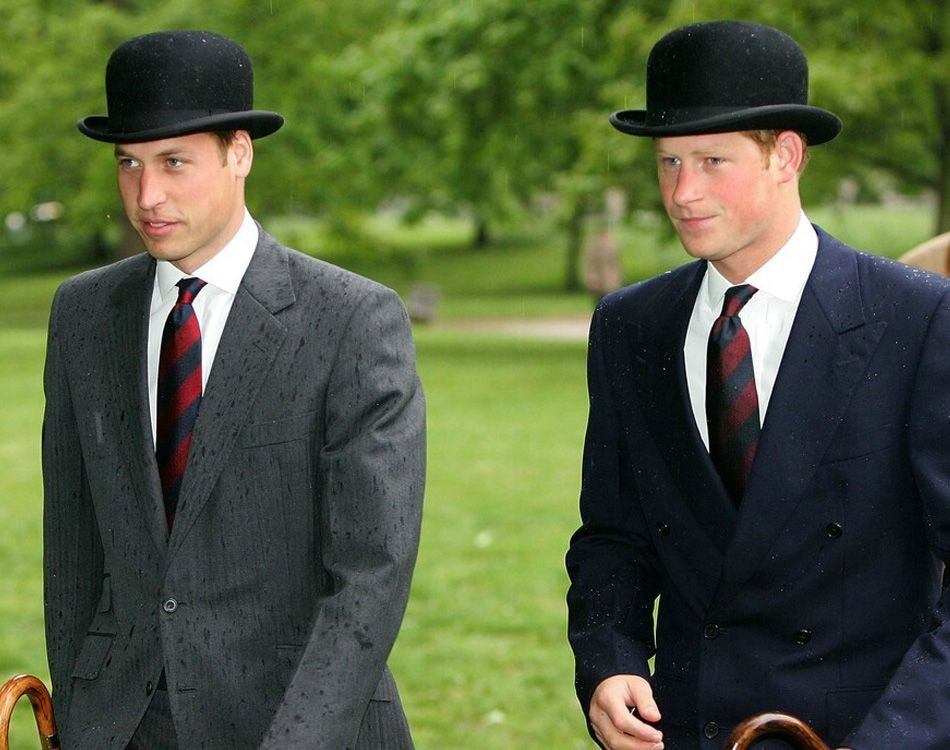
Source: Little Rose Trove
The 20th Century
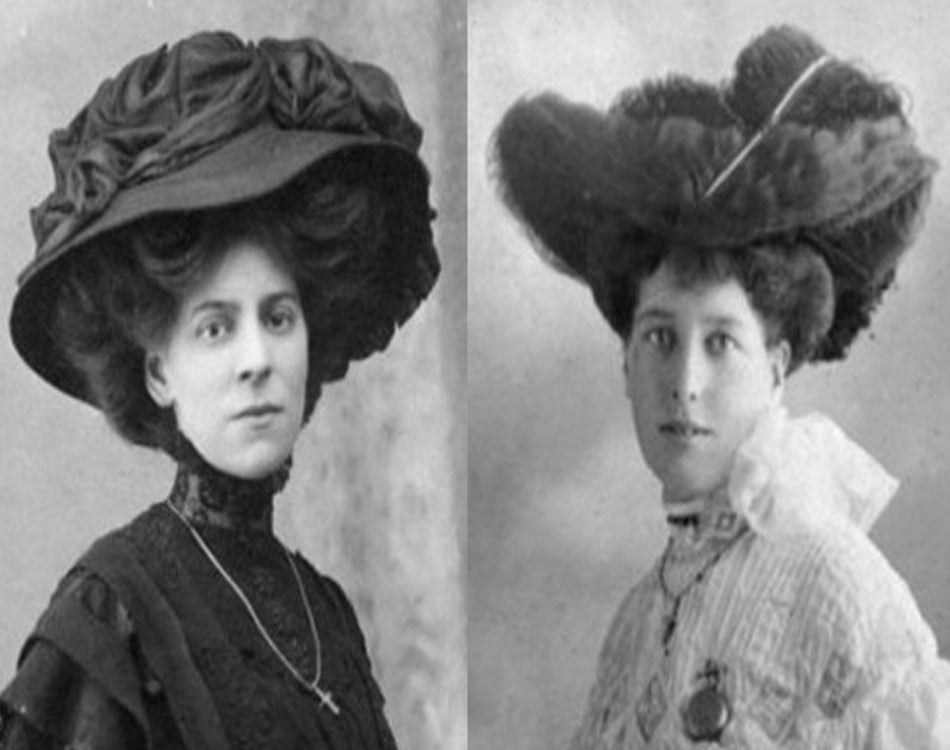
Source: Live Internet
In the history of hats’ Edwardian period, it became fashionable for a lady’s silhouette to resemble an S-shape. To achieve this effect, women wore an exceptionally wide-brimmed hat atop a mass of upswept hair. Occasionally, the brims were so wide that the hats stretched beyond the woman’s shoulders and caused the hat-donning woman to lose her balance.
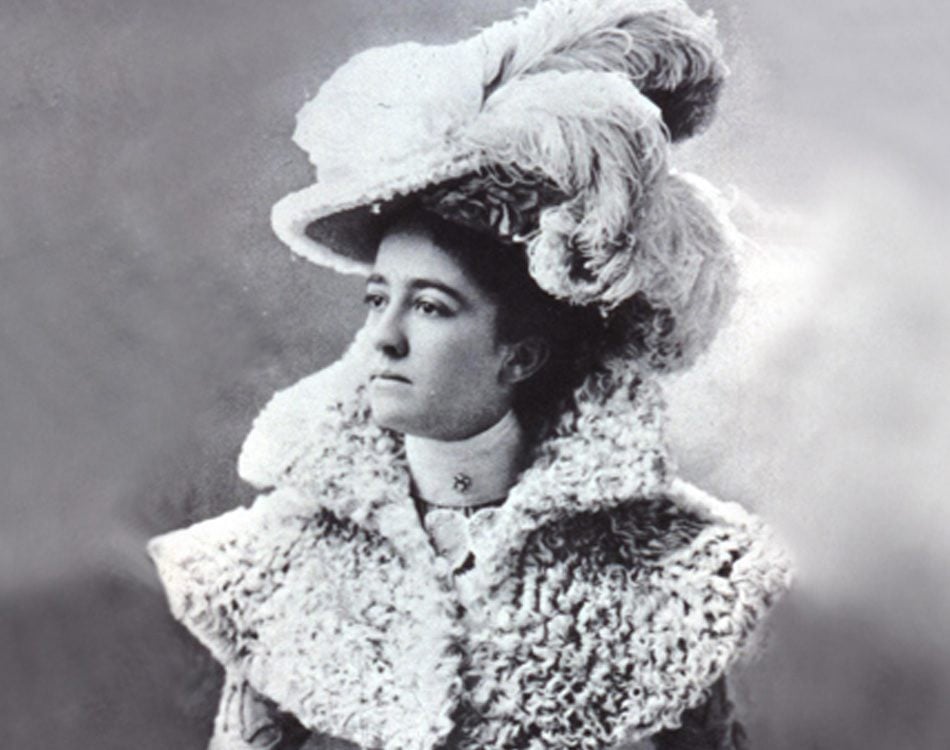
Source: Elegant Vocals
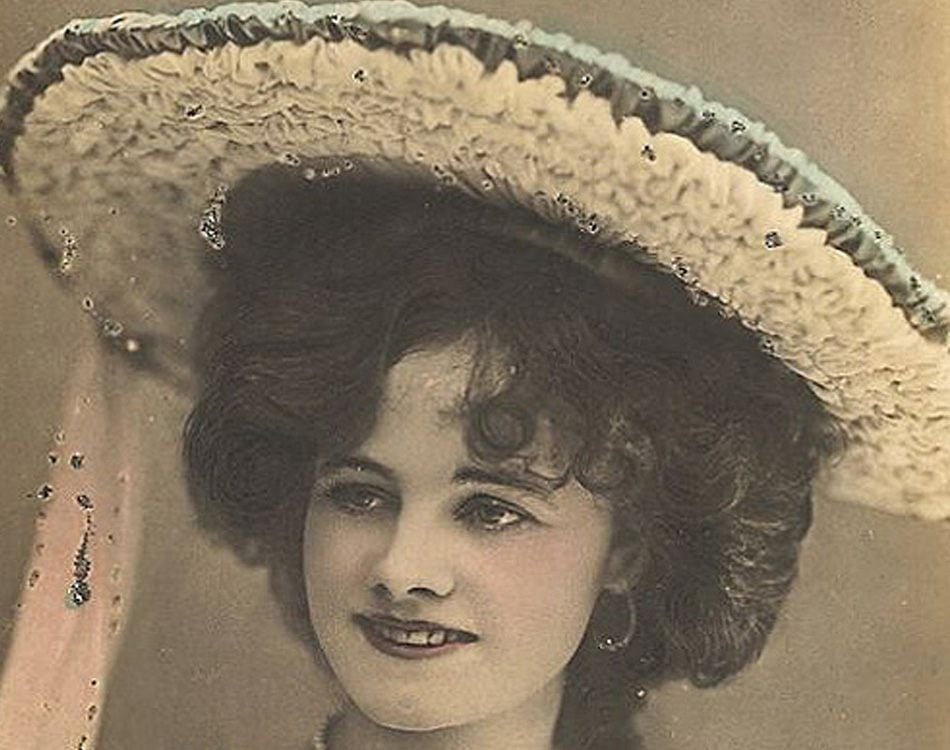
Source: My Ear Trumpet
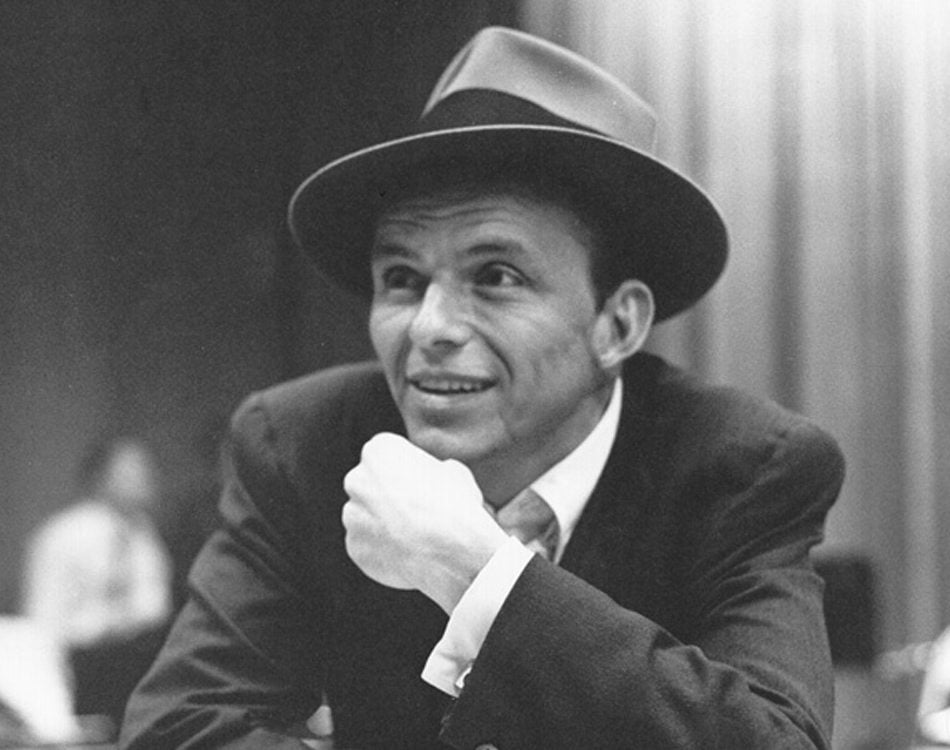
Source: Esquire
With the rise of a new, industrialized century and its transformational ideals came a new cultural evolution in the history of hats. Born into this era, the trilby and fedora hats are considered the most timeless of all men’s hats and remained in popular fashion long into the 1960s. Their compact design meant they could be worn easily in motor cars, and their use in early Hollywood movies made them incredibly popular among Americans in particular.
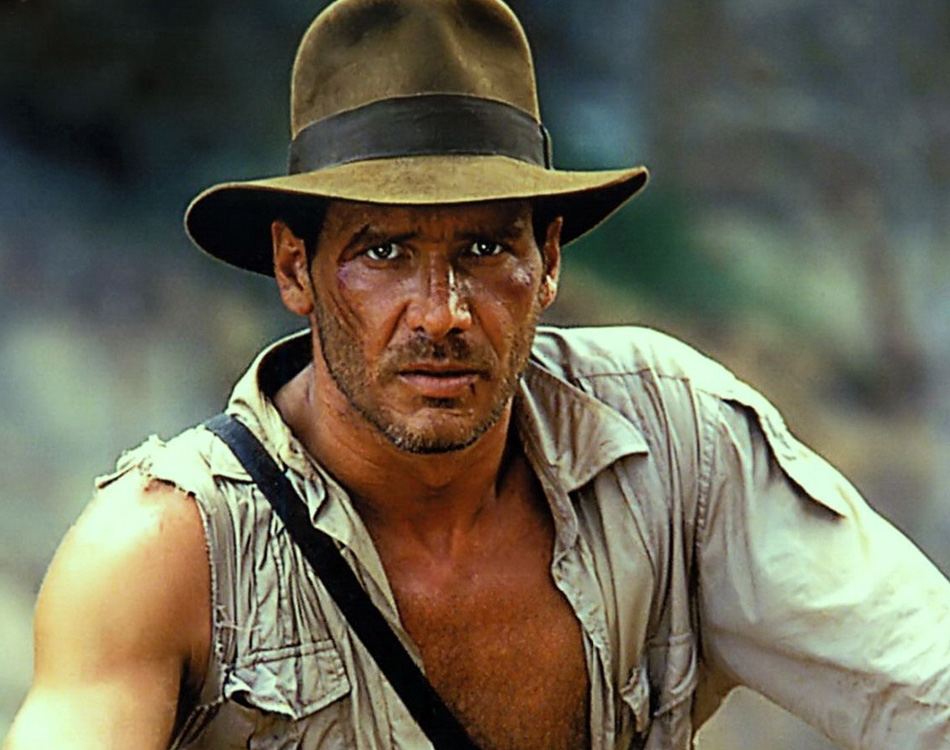
Source: See Jane Publish
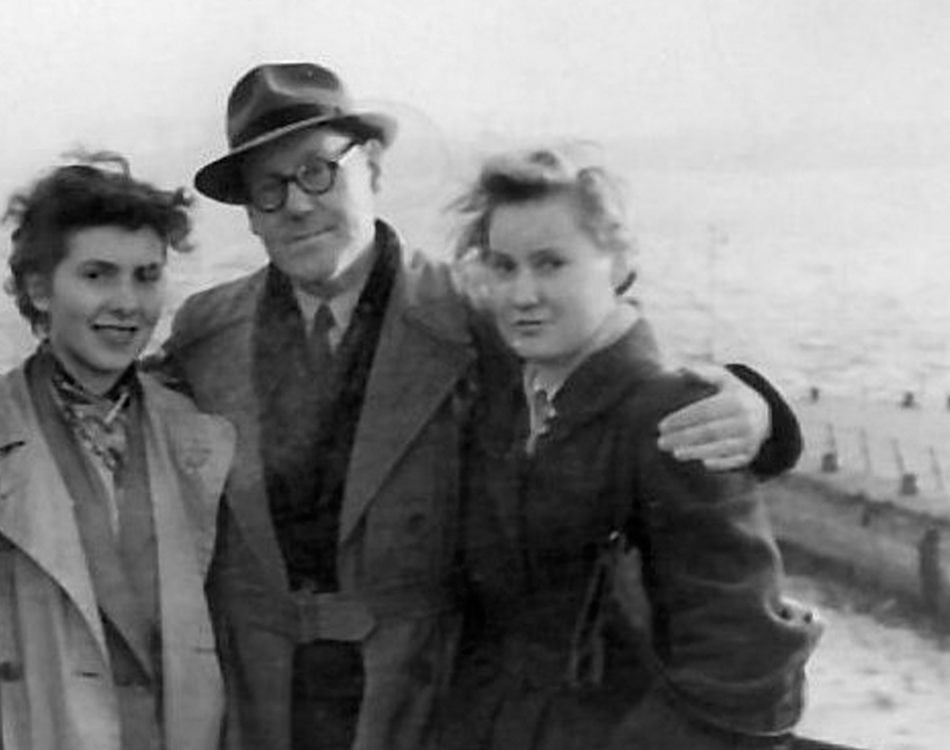
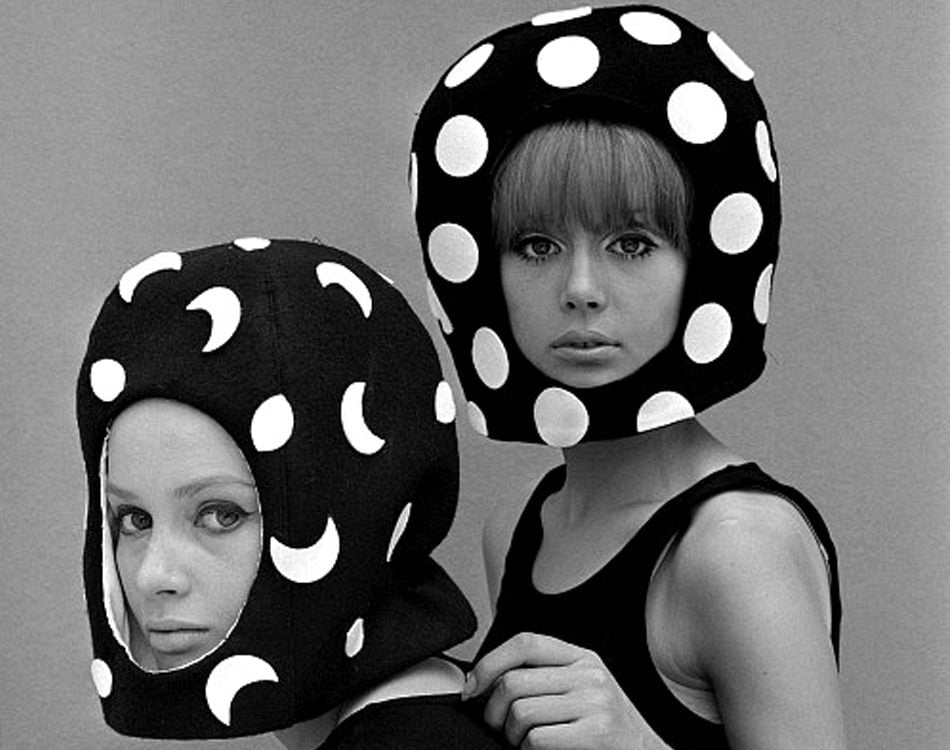
Source: Tumblr
The cultural revolution of the 1960s liberalized many things ranging from civil rights to proper hair length, and it should come as no surprise that the definition of what constitutes a hat was widened as well. Psychedelic flat caps, peaked baseball caps, even the odd mod hat, were all worn by men and women alike. And at the end of the 20th century, the gender of hats became almost entirely interchangeable.
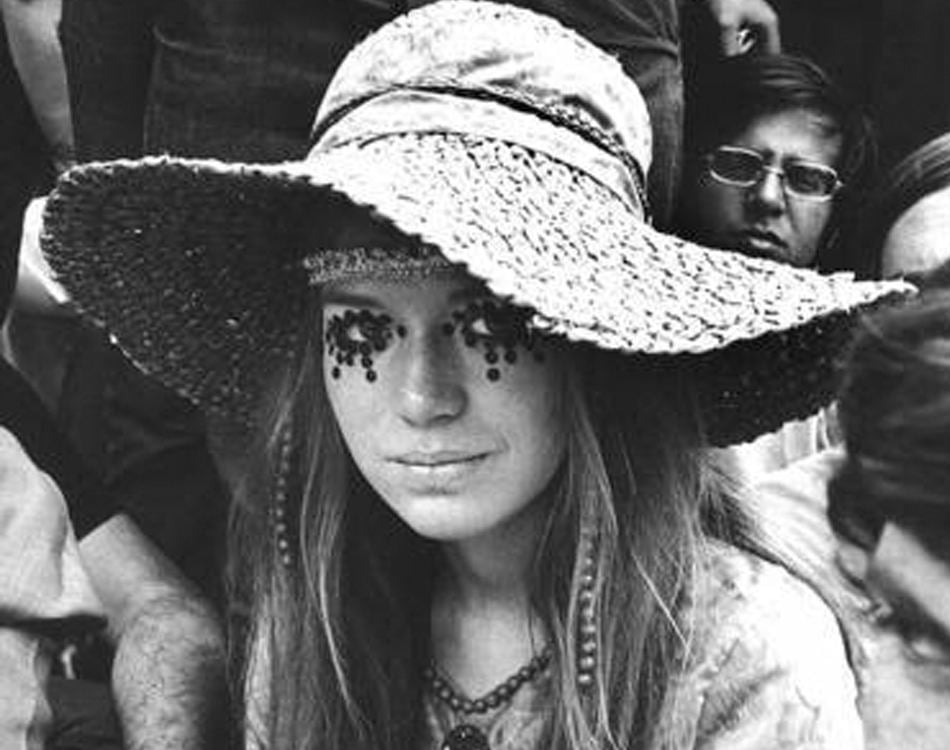
After this look at the history hats, check out some of the craziest Kentucky Derby hats and have a look at the weirdest fashion trends in history.





